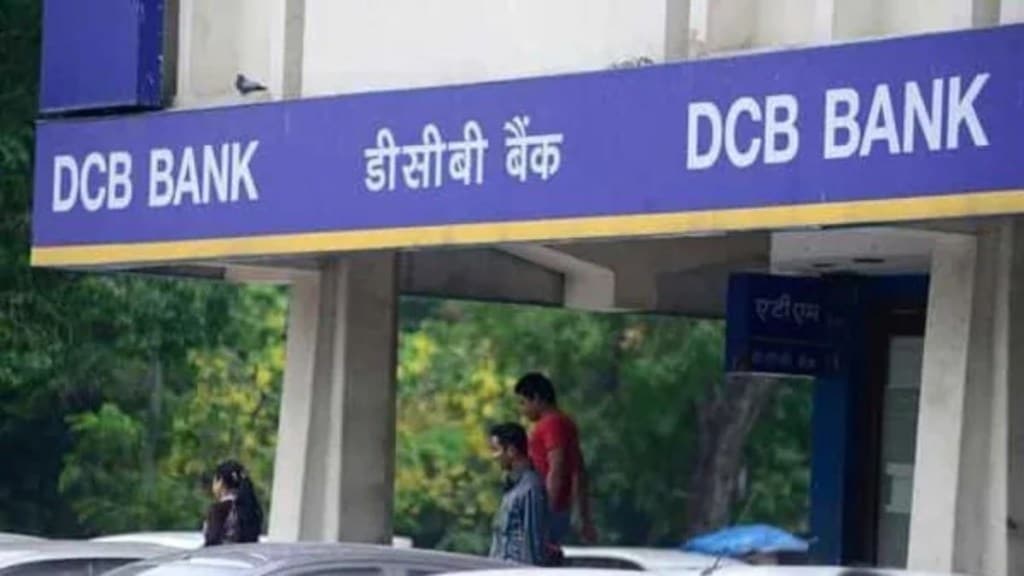DCB Bank aims to maintain the growth of loans and deposits at 18-20% for the current financial year, MD & CEO Praveen Kutty said.
As on September 30, the bank reported a loan growth of 19.14% and a deposit growth of 18.8% on-year.
On the macro front, Kutty acknowledged that the recent GST reforms have generated positive expectations, it augurs well for the impact coming into the festive season. “We eagerly await a full payment cycle to get completed for assessing the impact,” he said. “The immediate uptick has been in third-party distribution, where consumers are paying less. But the tax credits that insurance companies used to get are gone, so there is an impact on the distribution income.”
He added that the repo rate cut has had a more visible impact on consumer behaviour. “EMIs have reduced, and there’s more money in the consumer’s pocket. We’re already seeing improvements in bounce ratios and early delinquencies.”
DCB Bank’s strategic focus remains on secured, small-ticket lending to SMEs across India. “We don’t want to be a regional or state player,” the MD said. The bank aims to evolve from a single-product mortgage lender to a full-spectrum financial partner for SMEs—offering term loans, overdrafts, investment options, insurance, and trade finance.
“We’re far away from where we should be,” he admitted. “Currently, 50% of our book is mortgages, mostly one product per customer with very little interaction. We want to change that.”
The bank is deploying analytics, AI, and NLP to deepen engagement and tailor solutions to customer needs. “Retail takes time. But as long as we’re directionally better today than yesterday, I’m comfortable,” he said.
While unsecured lending remains off the table, DCB Bank is experimenting with co-lending and securitisation in niche segments. “School finance has worked well. Small-ticket secured business loans haven’t delivered as expected,” he said, adding that the bank aims to rebalance their co-lending book to 15% of overall advances from 16% currently.
While the asset quality of the bank improved of a sequential basis in the reporting quarter, the slippage ratio stood at 3.17%, which is still high. The bank aims to bring down the slippage ratio to 2.5% over a period of time. “Co-lending gold loan is one area where the slippages are high. We are also working on the non-gold piece, where the slippages are higher than where we would ideally like it to be” he said.
On the draft guidelines on merger and acquisition (M&A) financing, Kutty said, “we have a small corporate book therefore the M&A rules do not provide enough opportunity for us.” On the draft ECL guidelines, he said that the bank sees limited impact.
For the quarter ended September, the bank’s net profit was up 18% on-year to Rs 184 crore, beating analyst estimates. Analysts had pegged the net profit of the bank at Rs 150 crore for the quarter. In the long term, the bank plans to inch up the return on equity (RoE) to 13.5% for FY27 and 14.5% for FY28, from the current Q2 level of 13.2% and H1 level of 12.39%. On the NSE, shares of the bank closed nearly 13% higher at Rs 145.36 on Monday.

